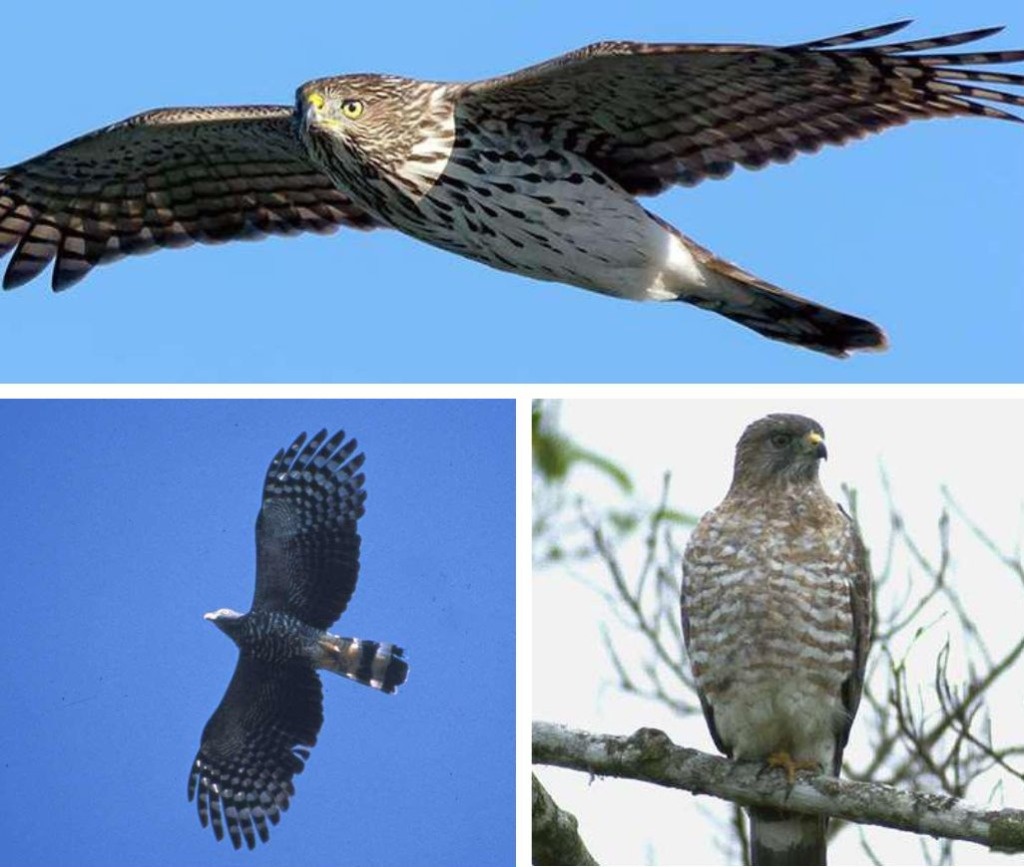Decrease in size, variations in migration time and the presence of heavy metals in their bodies are some of the harmful effects of climate change and pollution on migratory birds in America, said Ernesto Ruelas Inzunza, researcher at the Institute of Biotechnology and Applied Ecology. from the Veracruzana University.
Interviewed in the context of May 11, World Migratory Bird Day, he highlighted that these populations play a central role in maintaining the balance of the environmental environment since they promote the pollination of plants, the distribution of seeds and prevent the spread of pests that affect the health of human beings.
He said that migrations also have a cultural and recreational value because people enjoy observing their migrations, promoting ecotourism and environmental education. For this reason, he highlighted the importance of conducting more research in its environment and encouraging its care and conservation.
Mexico, boys runner
On the American continent, birds that travel from the United States and Canada to Central and South America use Mexico as a land bridge to make their journey. Tamaulipas, Veracruz and Tabasco make up the most important raptor corridor in the world, with 5 million specimens in transit, of at least 20 different species.
Ruelas Inzunza, with more than 35 years dedicated to studying the migration of birds as they pass through the center of Veracruz, right where the Sierra Madre Oriental and the coastal plain of the Gulf meet, pointed out that populations of more than 250 species pass through this region. .
They migrate south to avoid the winter conditions of the north, when food availability decreases and temperatures drop. They take refuge from the middle of Mexico to southern America, and until conditions improve in the north, they return.
The migratory movement from north to south and from south to north is observed twice a year, during the fall and spring.
To study their movement, scientists have established observation points in Veracruz, with strong activity in August, September, October and November, movement season. They spend between nine or ten hours watching their transit, ringing specimens and taking blood and feather samples.
The work of the organization Pronatura Veracruz stands out, one of the most important long-term projects, it has three decades of bird population monitoring, and its great contribution is an annual census that allows us to know if populations are increasing, declining or remaining stable.
.
Ruelas Inzunza, an expert in Ecology, Evolution and Behavior at the University of Missouri, Columbia, mentioned that, due to climate change, the climatic conditions typical of autumn and winter are taking a long time to appear, and There are even regions of North America, where conditions no longer represent impossible conditions for birds and many have chosen to migrate shorter distances or not at all.
.
According to the specialist, the birds They begin their journey in response to the drop in temperatures, and there are variations of one or two degrees that can change the dates of passage. For example, in European countries, changes of between two and 10 days have been detected.
.
The research work carried out by Yolotli Morales Góngora: Long-term changes in the phenology of autumn migration of birds of prey in Veracruz, Mexicoand advised by Ruelas Inzunza, addressed this topic.
She found that migration has moved forward a day or two in some populations, but in other cases the pattern is unclear.
Another interesting issue related to climate change is changes in the morphology of birds. He explained that in Veracruz they have analyzed populations of hawks and falcons, taking measurements of their wings, legs, tail, beak and weight.
In this area, the scientist highlighted the work of Selene Anaís Martínez Cruz: Changes in the morphometry of the hawks Accipiter striatus and A. cooperii related to climate changewhere it was concluded that some species of hawks register a trend of losing size.
Bird data from 1997 to 2020 show size changes of around 2 percent, and the fact that they have lost size in a period of less than 30 years is significant.
.
Habitat loss
Another factor that affects these populations is the loss of the ecosystems that make up the migratory corridor. Veracruz and Tamaulipas have large areas of land dedicated to agricultural uses, such as livestock and the cultivation of sugar cane and rice.
The habitats they used for rest and food have decreased. Now they have greater difficulties to continue with their immigration processes
.
Regarding pollution, the specialist cited Meagan Lindsey Campbell, with Heavy metals in resident and migratory birds of prey in Veracruz, Mexicothrough which he analyzed the presence of metals in feathers and blood of hawks.
The investigation showed that the birds had lead, mercury, cadmium, aluminum, copper, zinc in their bodies, where the metals detected in blood indicate a recent dietary intake, while the concentrations in feathers indicate the incorporation of contaminants during the molt of their feathers, in their places of origin
.
Ruelas Inzunza assured that the observation of migration and various studies such as those mentioned have allowed us to understand the ecological and evolutionary challenges that these populations face, but he considered that it is still necessary to continue studying various variables that interfere with the process.
Hopefully the celebration of International Migratory Bird Day serves to reconnect us with the world in which we live. These dates seem to me to be a wonderful pretext for children, young people and adults to get more involved in their care.
.
#Migratory #birds #affected #climate #change
– 2024-05-11 21:39:31
